
If you’ve ever bought peonies, there’s a chance that Carl Van Staalduinen grew those stems in North Carolina. He comes from a long line of Dutch cut-flower farmers. In 1943, his grandfather Leendert Van Staalduinen settled in Pantego, North Carolina, and founded The Terra Ceia Farms. What made this destination special? Carl Van Staalduinen says, “He had to find an area where the climate coincided with flower-driven holidays.” Tulips bloom here right around Easter. When Van Staalduinen took charge of what is now a 1,500-acre family farm, he realized this region was suited for more than just Easter tulips. In May, right before Mother’s Day, 150 acres of big, bright peonies bloom. Over the past few decades, he’s mastered the specific and slow art of cultivating these buds, which require long, cold winters. Now, in addition, to cut flowers, The Terra Ceia Farms sells and ships whole peony plants for people to grow at home. Here, the budding genius shares a few pointers.
Know Your Zone
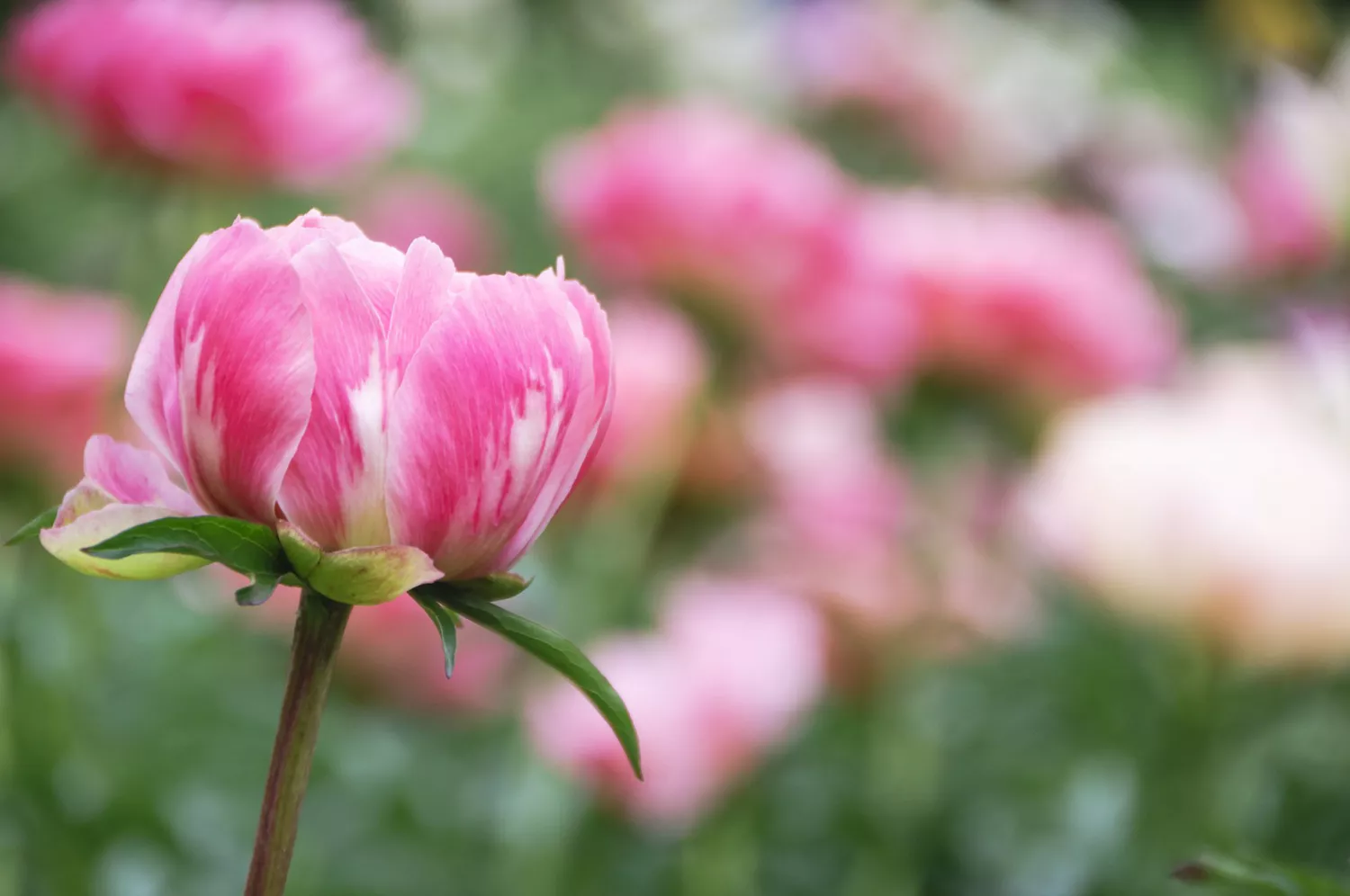
Van Staalduinen says that peonies typically prefer to be grown in USDA Zones 3 through 7. Earlier-blooming selections tend to have lower chill requirements, so those are the best to try in the South.
Plant At The Right Time
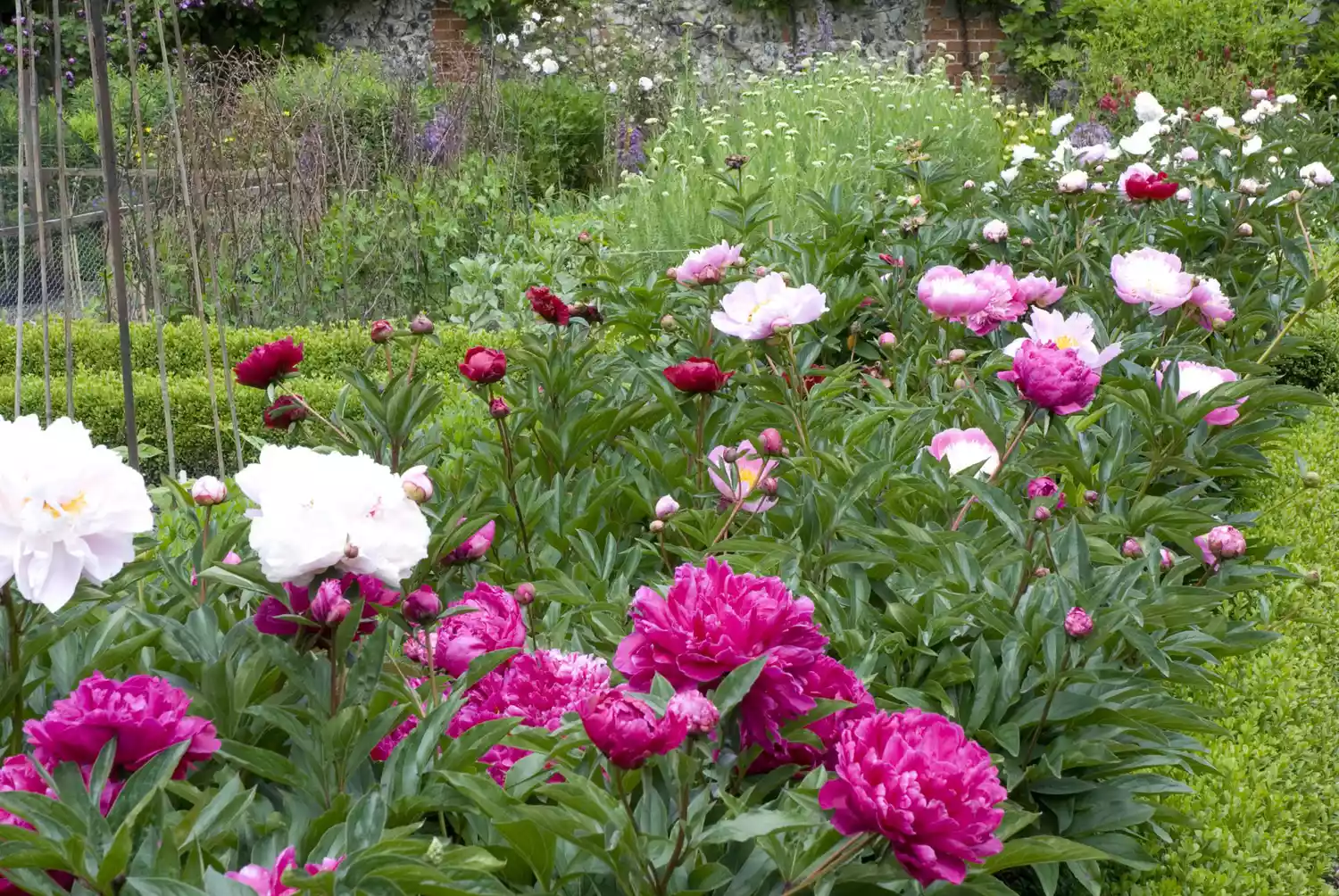
Starting in autumn will give you a leg up. “We dig and ship peony plants in the fall because they’ll grow better in that first year if they have had the benefit of being in the soil during the winter,” says Van Staalduinen.
Keep Them Cozy
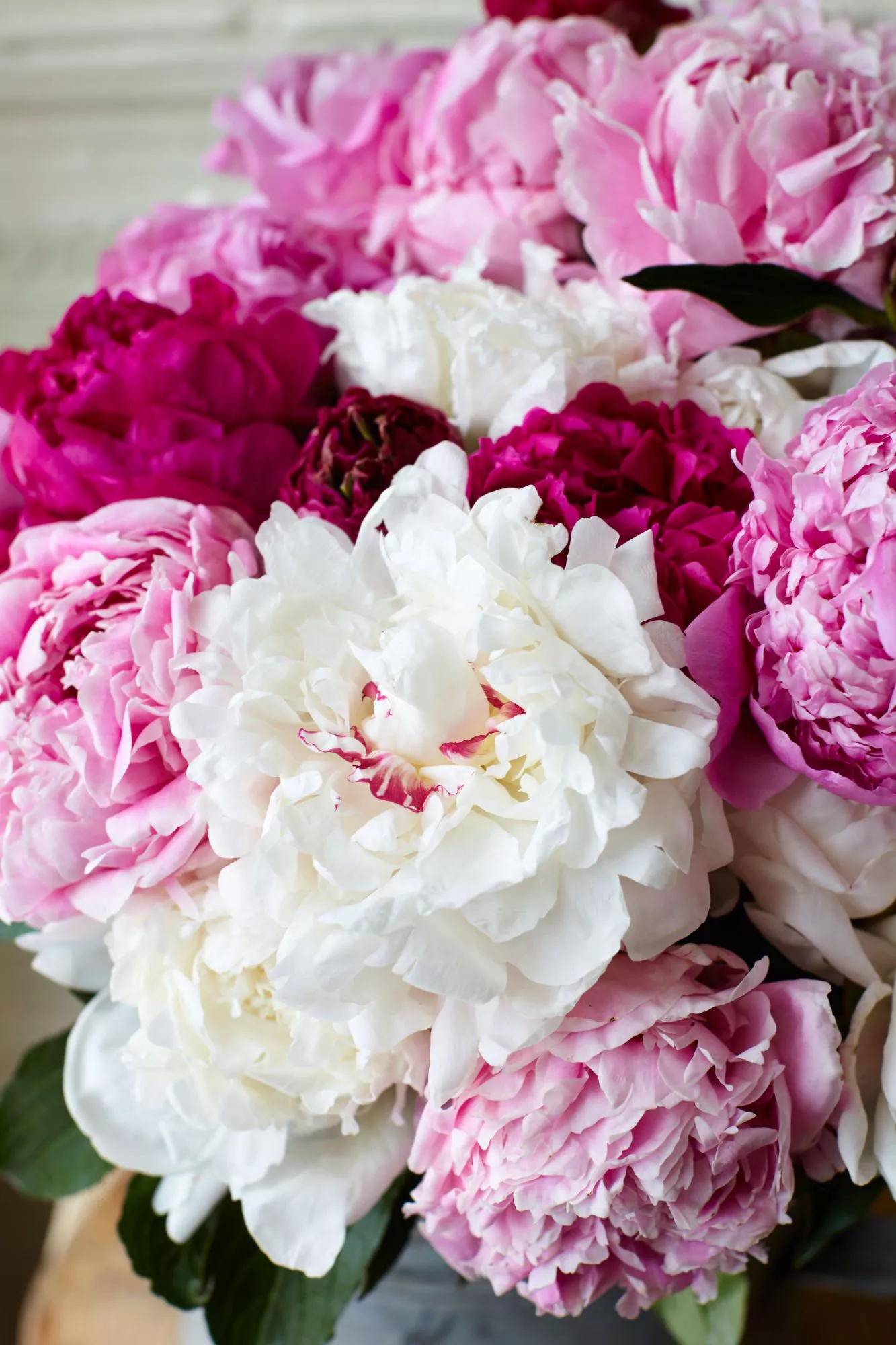
For the first winter, he suggests using a heavy mulch once the ground begins to freeze in areas that have a penetrating frost. Just be sure to remove the mulch in the spring when the ground thaws. Van Staalduinen says the mulching protects young plants from frost “heaving,” but once they’re larger and established the following season, you can skip the mulching.
Aim For Full Sun

Planting in partial shade could cause peonies to become leggy and require staking to support their blooms. Know your soil—Van Staalduinen says that peonies do best in neutral to slightly acidic (pH 6.5-7) well-draining soil.
Start Shallow
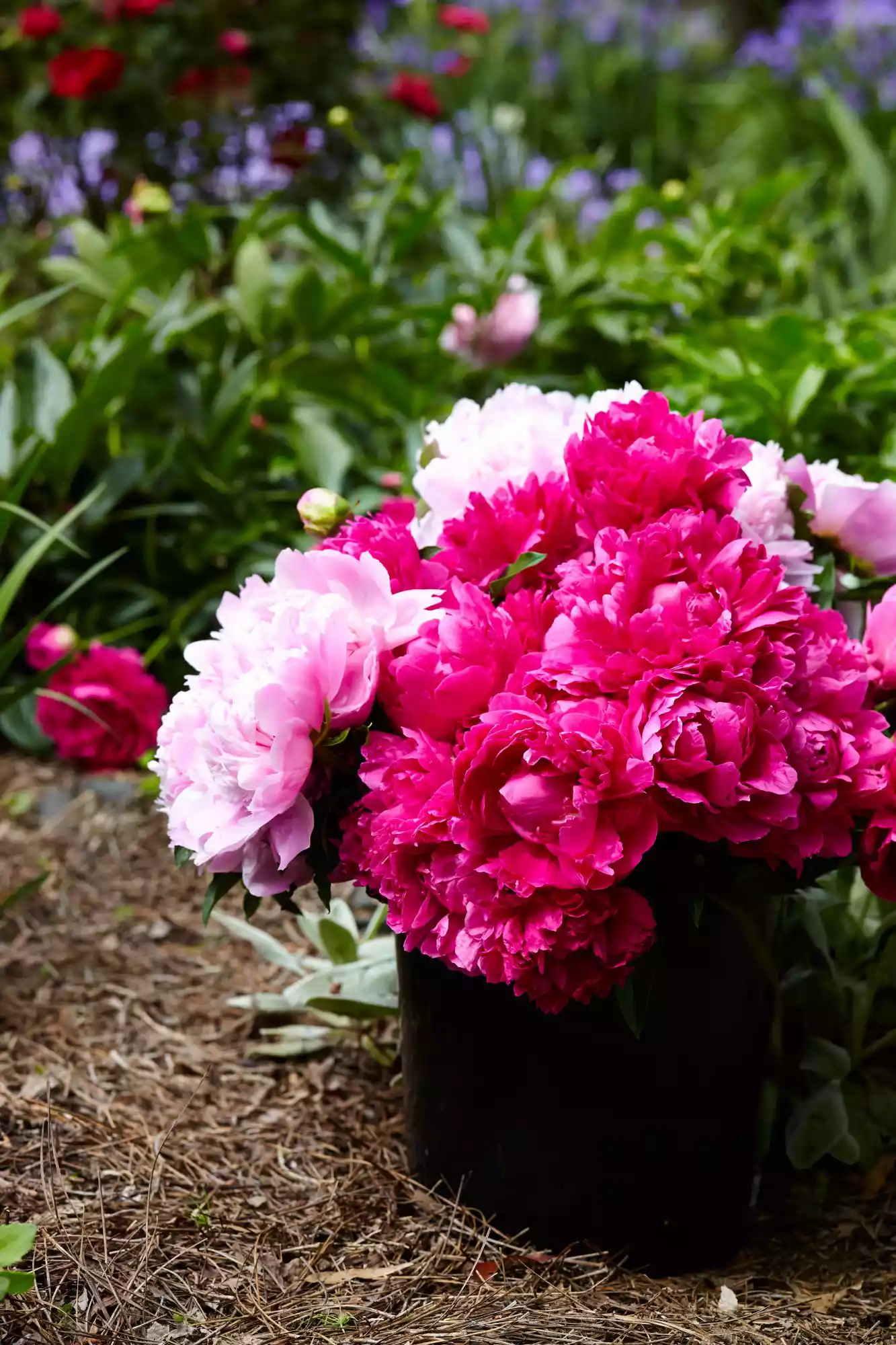
Van Staalduinen advises beginning with a hole 30% larger than the actual plant. Fill the hole until the “eyes” (growth buds) are about one inch above soil level. Cover the plant with loose soil about two inches above that, and water thoroughly. He suggests checking the plant a couple of days later and adding more soil (and watering) if necessary, but be sure there are no more than two inches of soil covering the peony plant.
Give Them Space

Allow for at least four feet between the plants. He compares a mature peony to a shrub, so it will need room to grow. Spacing them too densely can lead to leggy plants as well as disease.
Practice Patience
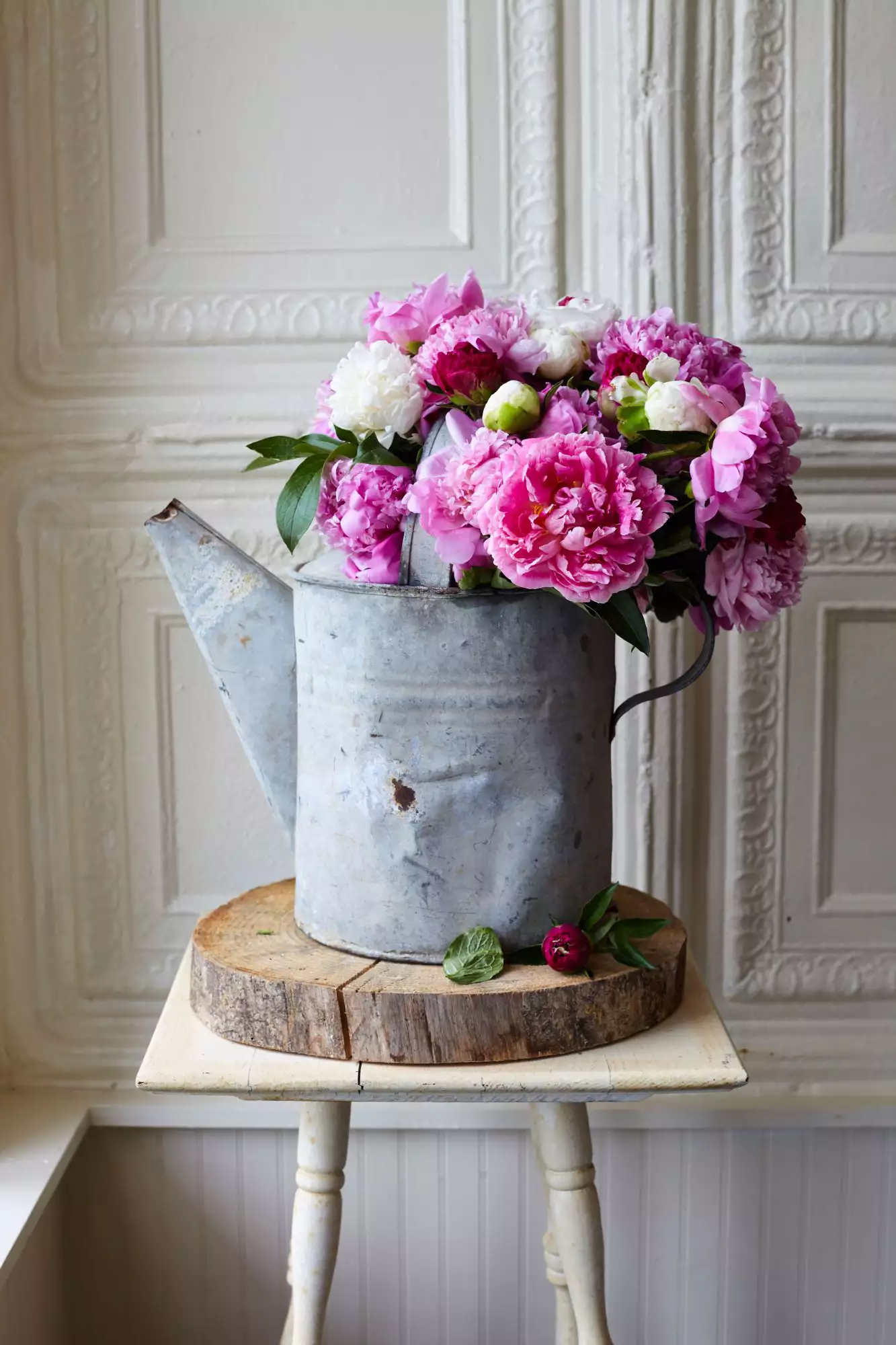
“We always tell people to expect to wait two to three years before really starting to see good blooming,” Van Staalduinen says. Then after that, with proper management, your plant could flower for decades.
Shop Smart
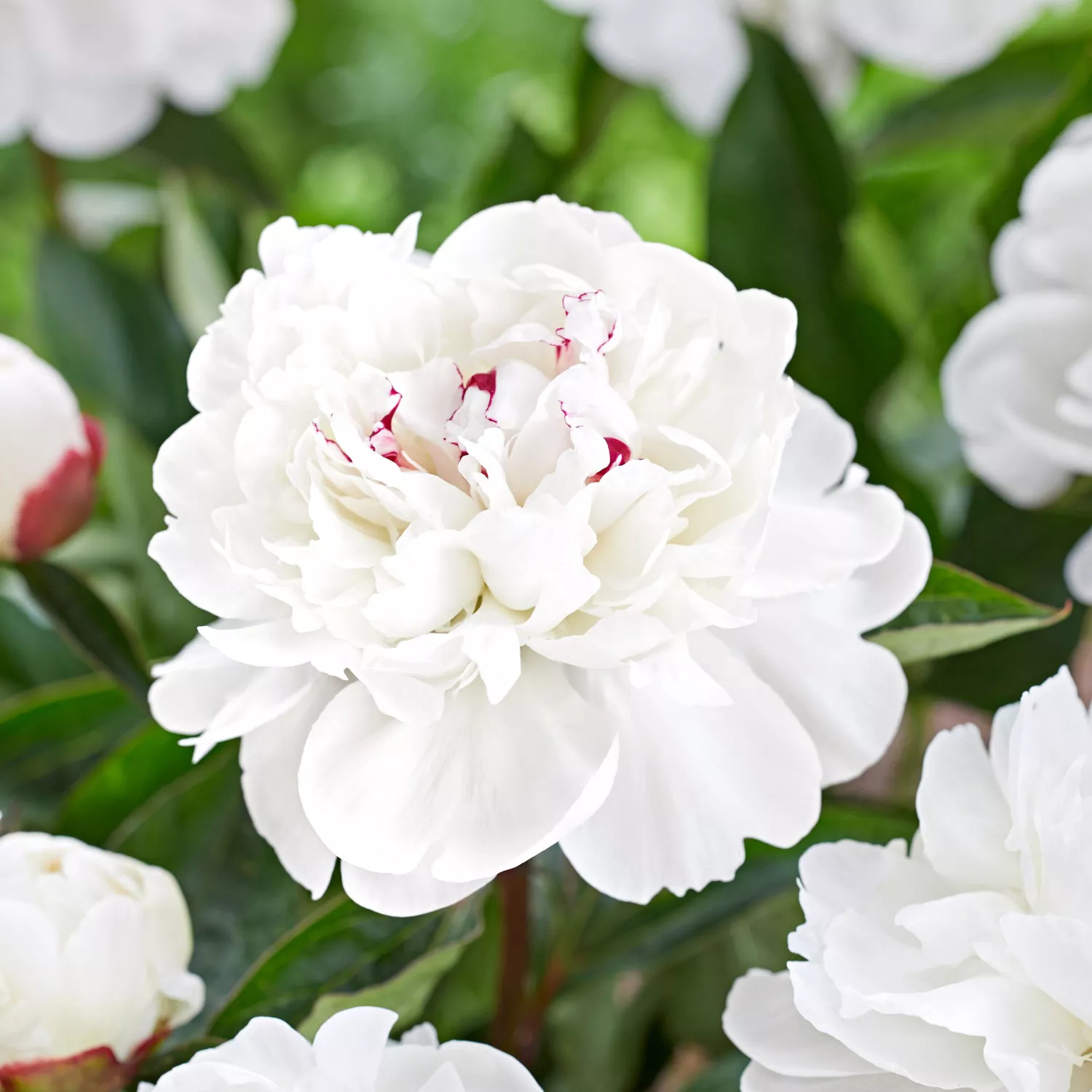
Know the features of the selection you are looking for, and only buy from reputable vendors.





